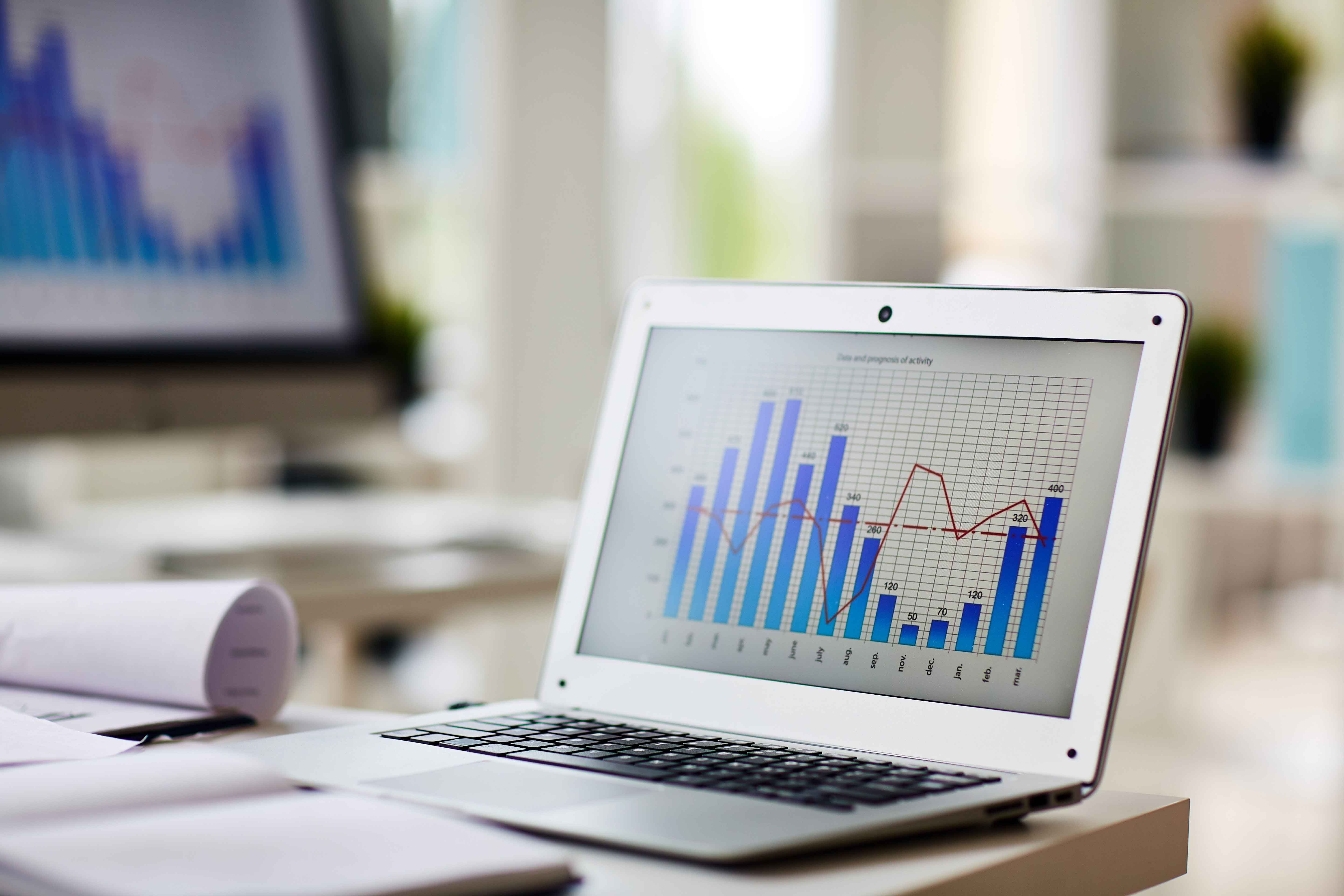
According to Supply Chain Dive:
The energy inside of stores in March 2020 was rushed, strained and infused with the weighty gaze of shoppers and workers that asked, "Should we even be here? Are we going to be OK?" At that point, a lot was up in the air. Sports, shopping, supply chains and society at large were changing — adapting — to the coronavirus pandemic.
Soon, stores temporarily shuttered as the result of lockdowns. And consumers flocked to digital buying channels.
E-commerce sales boom in pandemic
E-commerce retail sales, % of total sales
Chart: Matt Leonard / Supply Chain Dive Source: U.S. Census Bureau Created with Datawrapper
When stores closed and customers moved online, retailers looked for a way to get in-store inventory moving. Fulfilling online sales from retail locations was an obvious solution. And it was one that some companies were better positioned to tackle. Target, for example, has been perfecting its ship-from-store model for years.
"Ship from store, depending on the retailer, can be incredibly efficient," said Moody's Retail Analyst Charlie O'Shea. "And in Target's case, it is because they so locally curate their stores."
Retailers ship from store to move inventory
Count of annual or quarterly reports mentioning "ship from store"
Includes filings up until March 19, 2021
Chart: Matt Leonard / Supply Chain Dive Source: Securities and Exchange Commission Created with Datawrapper
Other retailers that largely rely on brick-and-mortar sales had to stand up infrastructure quickly to be able to handle e-commerce and ship from store.
"We expedited the infrastructure to be able to buy online and ship from store in order to supplement e-commerce fulfillment while leveraging labor that we would already have available in retail stores after they have reopened," Build-A-Bear CEO Sharon Price John said on the company's earnings call in June.
The effort might not have been enough to make up for Build-A-Bear's store network: its sales fell 23% YoY to $249.2 million for the full year 2020. But e-commerce demand was up 133% YoY.
"We were able to support this growth through our efforts of improving throughput in our warehouse, accelerating omnichannel initiatives in ... our last-mile delivery, including buy online pick up in store or ship from store programs," CFO Voin Todorovic said this month.
Whether this strategy will stick around after the pandemic is up for debate.
"I think every retail analyst right now is kind of scratching our head trying to figure out what's next," O'Shea said, adding that no one knows what normal will look like going forward.
Retailers move to the curb
Count of annual or quarterly reports mentioning "curbside pickup"
Includes filings up until March 19, 2021
Chart: Matt Leonard / Supply Chain Dive Source: Securities and Exchange Commission Created with Datawrapper
The other option for shuttered retailers was to get customers to pick up at the curb. This simplifies the supply chain for the retailer compared to ship from store — and is cheaper for the retailer.
Bed Bath & Beyond, Dick's Sporting Goods and Hudson's Bay were among the retailers utilizing the curb as a result of the pandemic. But there are questions about how companies will shift and improve these offerings going forward.
"I think ... retailers are going to focus on this sort of whole curbside thing, trying to make that experience not just painless, but actually enjoyable," said Dave Gill, vice president of insights and analytics at Rakuten Intelligence.
More shoppers choose to pick up orders
Order for pickup as % of all buyers
Chart: Matt Leonard / Supply Chain Dive Source: Rakuten Intelligence Created with Datawrapper
Retails experienced demand for these omnichannel offerings. Grocers have highlighted the success of their curbside programs months into the pandemic.
"More than 50% of our BOPIC orders for the fourth quarter were delivered curbside," BJ's Wholesale Club CEO Lee Delaney said on the company's earnings call this month, referring to the retailer's buy-online-pickup-in-club option.
While retailers have seen benefits from the e-commerce pivot, it wasn't easy. Amazon, which had, arguably, the most mature e-commerce supply chain, struggled to keep up with demand in the early days of the pandemic, according to figures from Rakuten. (It is worth noting that these figures are an average that includes marketplace sellers for which Amazon doesn't control the supply chain.)
Amazon's network struggles to keep up
Click to ship and click to door, measured in days
The increased ship and delivery times highlight some of the labor challenges Amazon had in the early days, Gill said. The company did eventually bring on hundreds of thousands of workers to bolster its ranks.
"People that work in Amazon warehouses got sick, and went home and called in sick," Gill said. "So they actually had sort of a compounded problem in that they're trying to fulfill all this demand and their workforce, which is gigantic, was pretty hard hit by all that stuff."
Amazon's orders start showing up late
Percentage of Amazon orders arriving late
Chart: Matt Leonard /Supply Chain Dive Source: Rakuten Intelligence Created with Datawrapper
The slowdown in Amazon's network resulted in an uptick in late shipments, but the retailer has seen these figures largely recover. Some areas have already seen a return of one-day shipping.
--
LFS keeps you updated with the latest news, if you need additional information about our freight shipping solutions, contact us or follow us on Linkedin, Facebook, and Twitter.
For cargo insurance experts, please contact Skholl, our partner to avoid any freight damage.
--
By: Supply Chain Dive
June 1, 2021